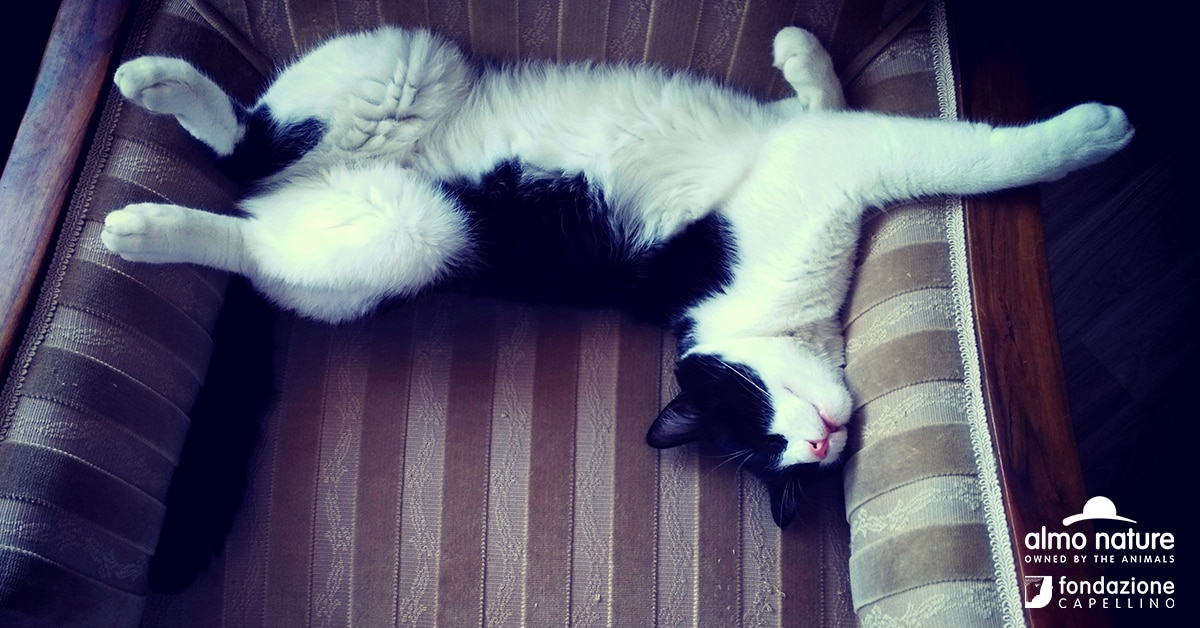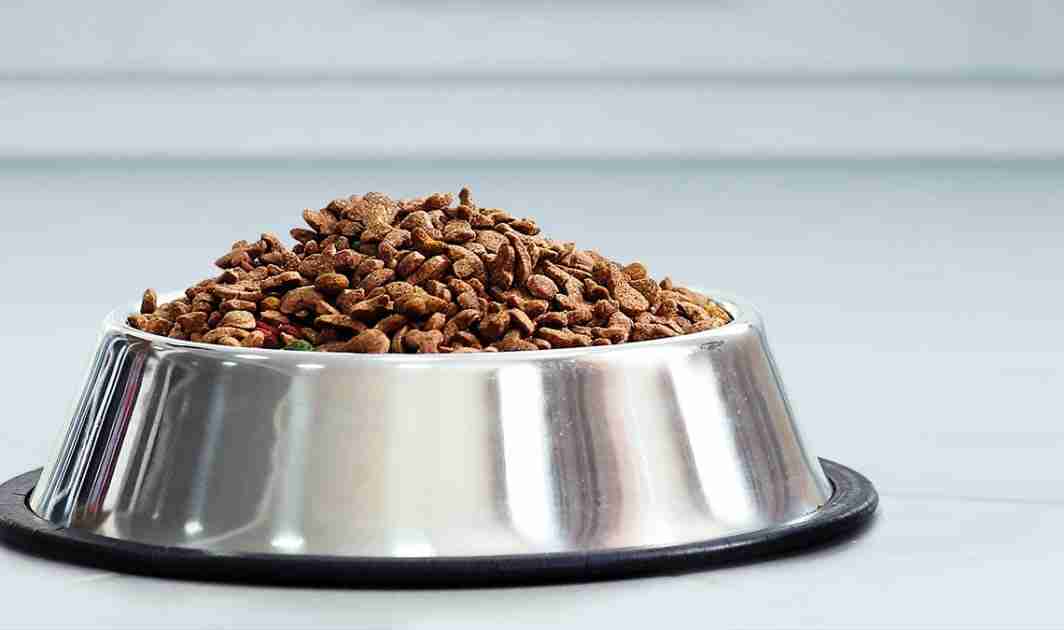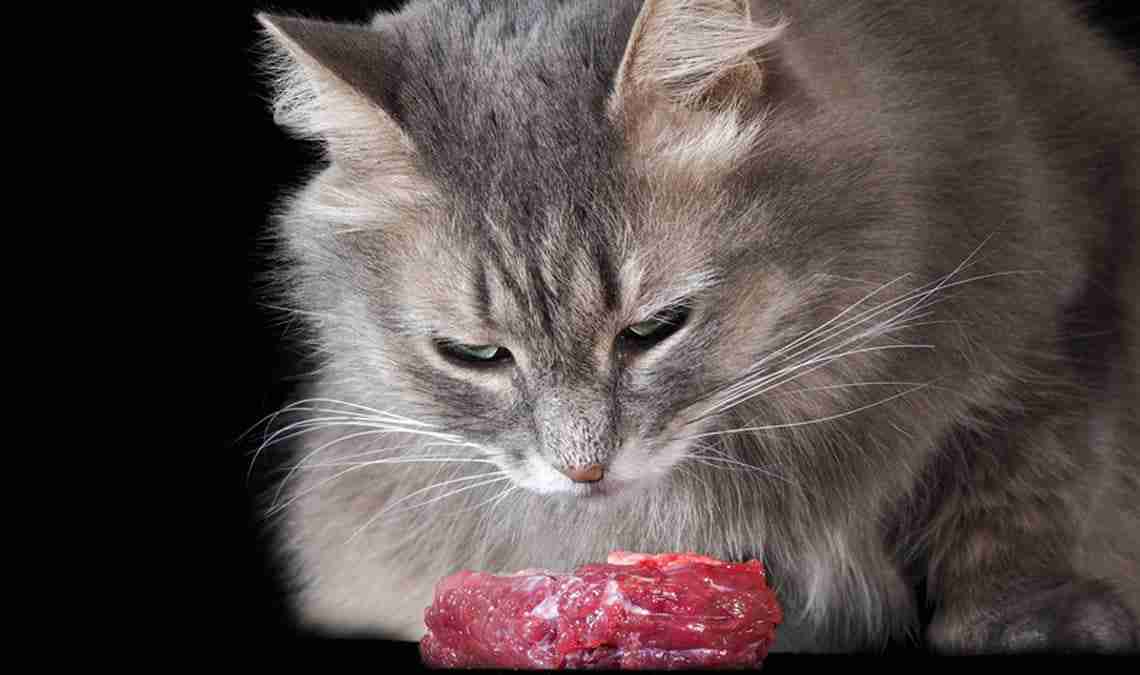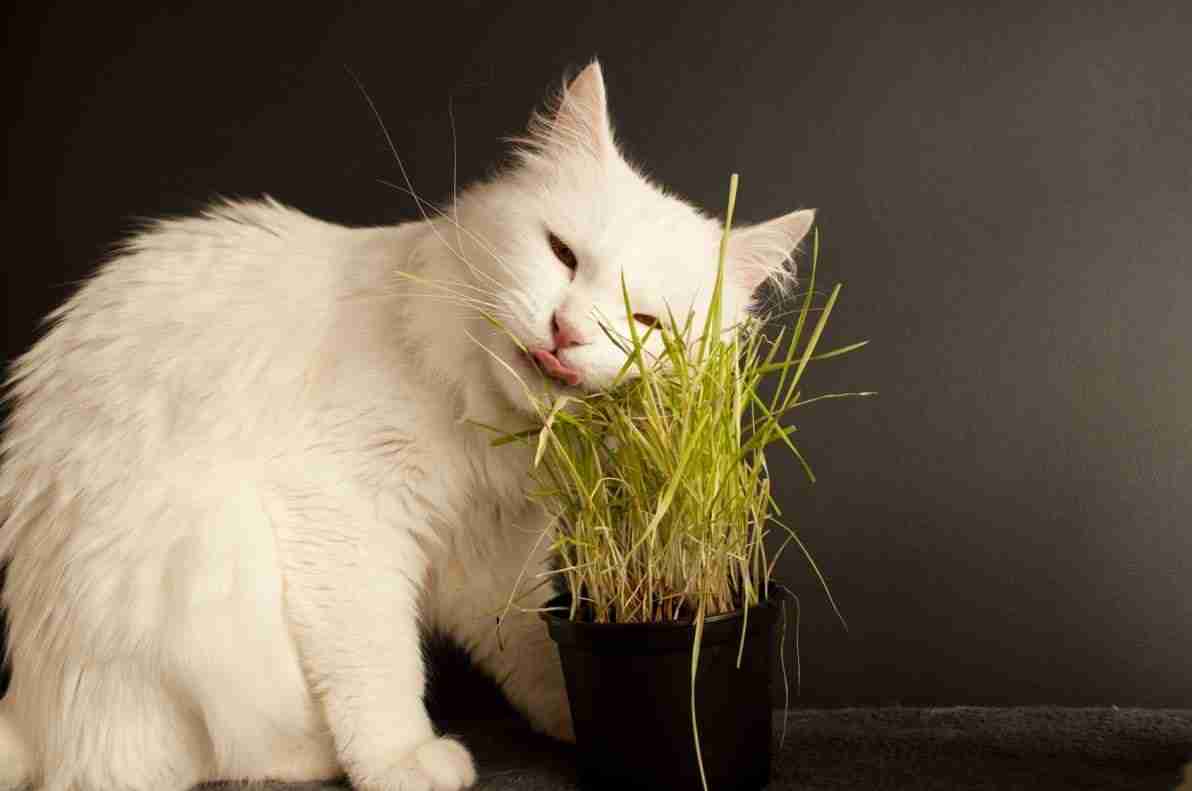Why the origin of proteins is so important
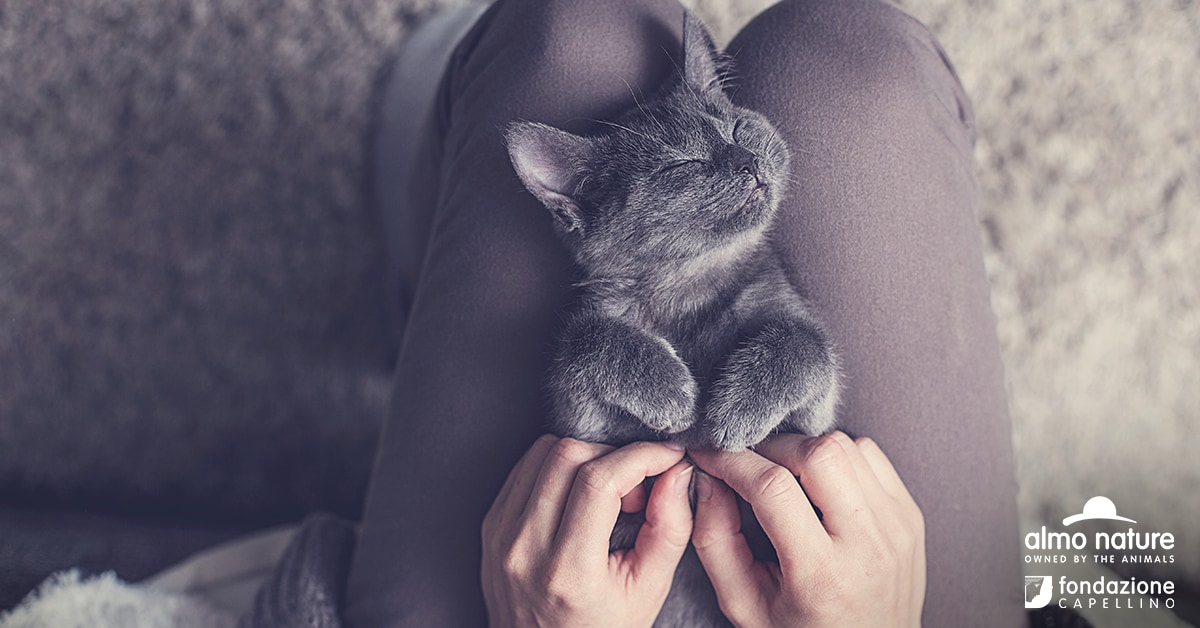
Yes, the origin and quality of proteins is really that important
Because not all proteins are created equallyIf you were to imagine proteins as a train…Each carriage that makes up the train is an amino acidThere are different trains that are made up by different types of carriages that fit on different kinds of tractsTake vegetable proteins for example, proteins found in peas, potatoes, oats, and so on. These train carriages will travel fast and smooth on the digestive tracts of herbivores, ensuring the nutrients arrive at the muscles efficiently. Vegetable proteins are ideal to nourish cows or goats. But the digestive tracts of a cat (a strict carnivore) is very different and the train will trudge to its destination: it will take longer, consume more energy and because of that, produce more waste that has to be eliminated by the kidneys.